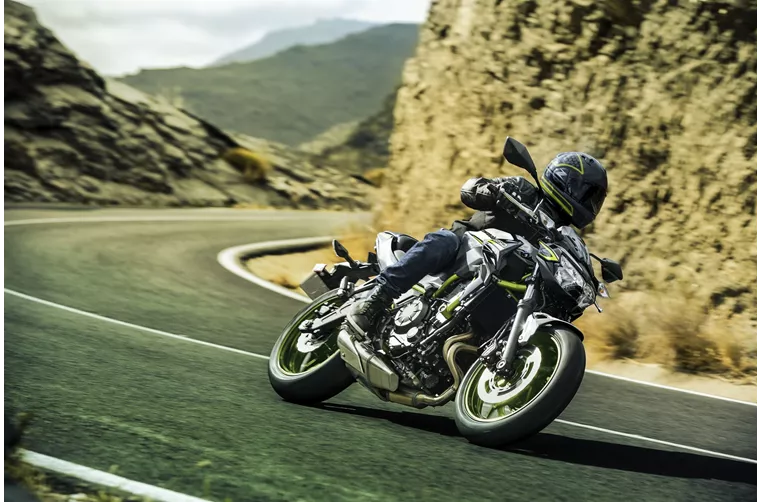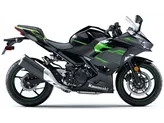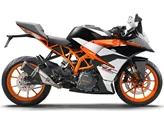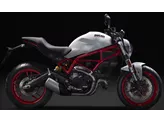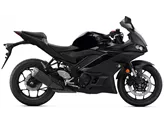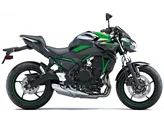Kawasaki Ninja 400 2018 vs. Kawasaki Z650 2021

Kawasaki Ninja 400 2018
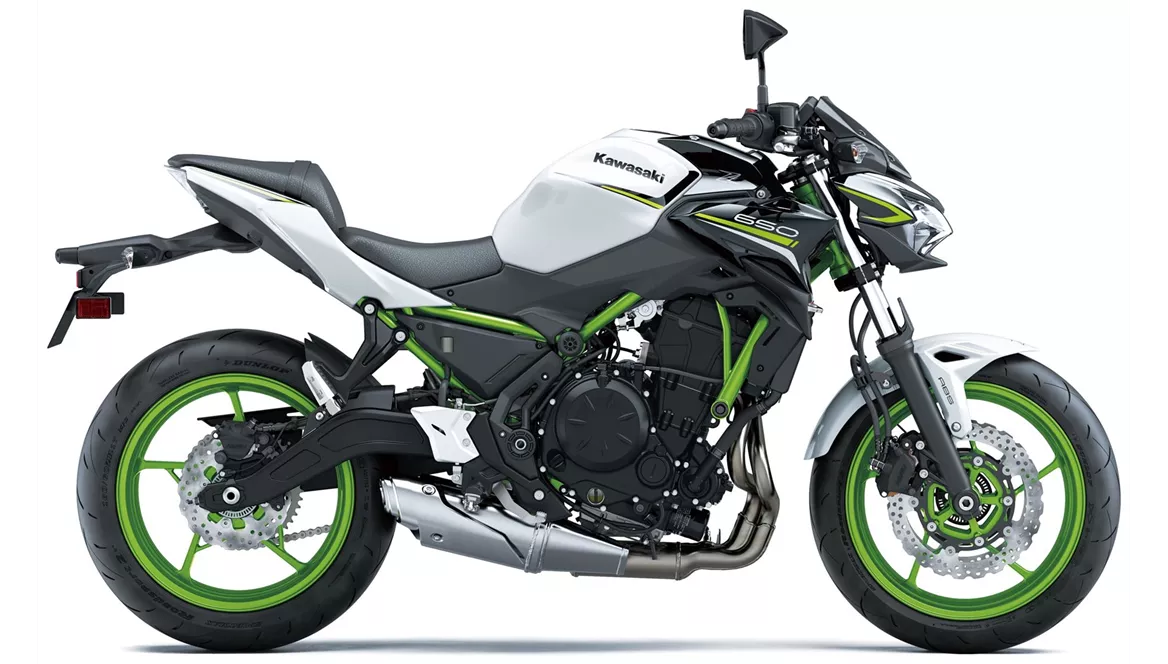
Kawasaki Z650 2021
Overview - Kawasaki Ninja 400 2018 vs Kawasaki Z650 2021
The Kawasaki Ninja 400 2018 and the Kawasaki Z650 2021 are both popular models from Kawasaki, but they have some key differences in terms of specifications and strengths.
Starting with the Kawasaki Ninja 400 2018, it features an inline engine with a displacement of 399cc. It produces 45 horsepower and 38 Nm of torque. The engine has a compression ratio of 11.5 and is equipped with fuel injection. The bike has a liquid cooling system and a 2-cylinder configuration with 4 valves per cylinder. The chassis is made of steel and has a tubular frame. The rake angle is 63 degrees, and the trail is 93 mm. The front suspension is a telescopic fork with a diameter of 41 mm, while the rear suspension is a swingarm with a monoshock and preload adjustment. The front brakes consist of a single disc with a diameter of 310 mm and a dual-piston caliper. The bike is equipped with ABS for advanced rider assistance. The width of the front tire is 110 mm, and the diameter is 17 inches. The width of the rear tire is 150 mm, and the diameter is also 17 inches. The wheelbase is 1370 mm, and the seat height is 785 mm. The bike weighs 168 kg with ABS and has a fuel tank capacity of 14 liters.

Kawasaki Ninja 400 2018
The Kawasaki Z650 2021, on the other hand, features an inline engine with a displacement of 649cc. It produces 68.2 horsepower and 65.7 Nm of torque. The engine has a compression ratio of 10.8 and is equipped with fuel injection. Like the Ninja 400, it also has a liquid cooling system and a 2-cylinder configuration with 4 valves per cylinder. The chassis is made of steel and has a tubular frame. The rake angle is 65.5 degrees, and the trail is 100 mm. The front suspension is a telescopic fork with a diameter of 41 mm, and the rear suspension is a swingarm with a monoshock and preload adjustment. The front brakes consist of dual discs with a diameter of 300 mm and a dual-piston caliper. ABS is also included for advanced rider assistance. The width of the front tire is 120 mm, and the diameter is 17 inches. The width of the rear tire is 160 mm, and the diameter is also 17 inches. The wheelbase is 1410 mm, and the seat height is 790 mm. The bike weighs 187.1 kg with ABS and has a fuel tank capacity of 15 liters.
In terms of strengths, the Kawasaki Ninja 400 2018 is known for its suitable chassis for sporty use, lightweight and effortless handling, smooth engine response, relaxed riding position that increases confidence, and LED headlights. On the other hand, the Kawasaki Z650 2021 is praised for its accessible twin-cylinder engine, compact dimensions, low seat height, stable chassis, TFT screen with connectivity, and mature appearance.
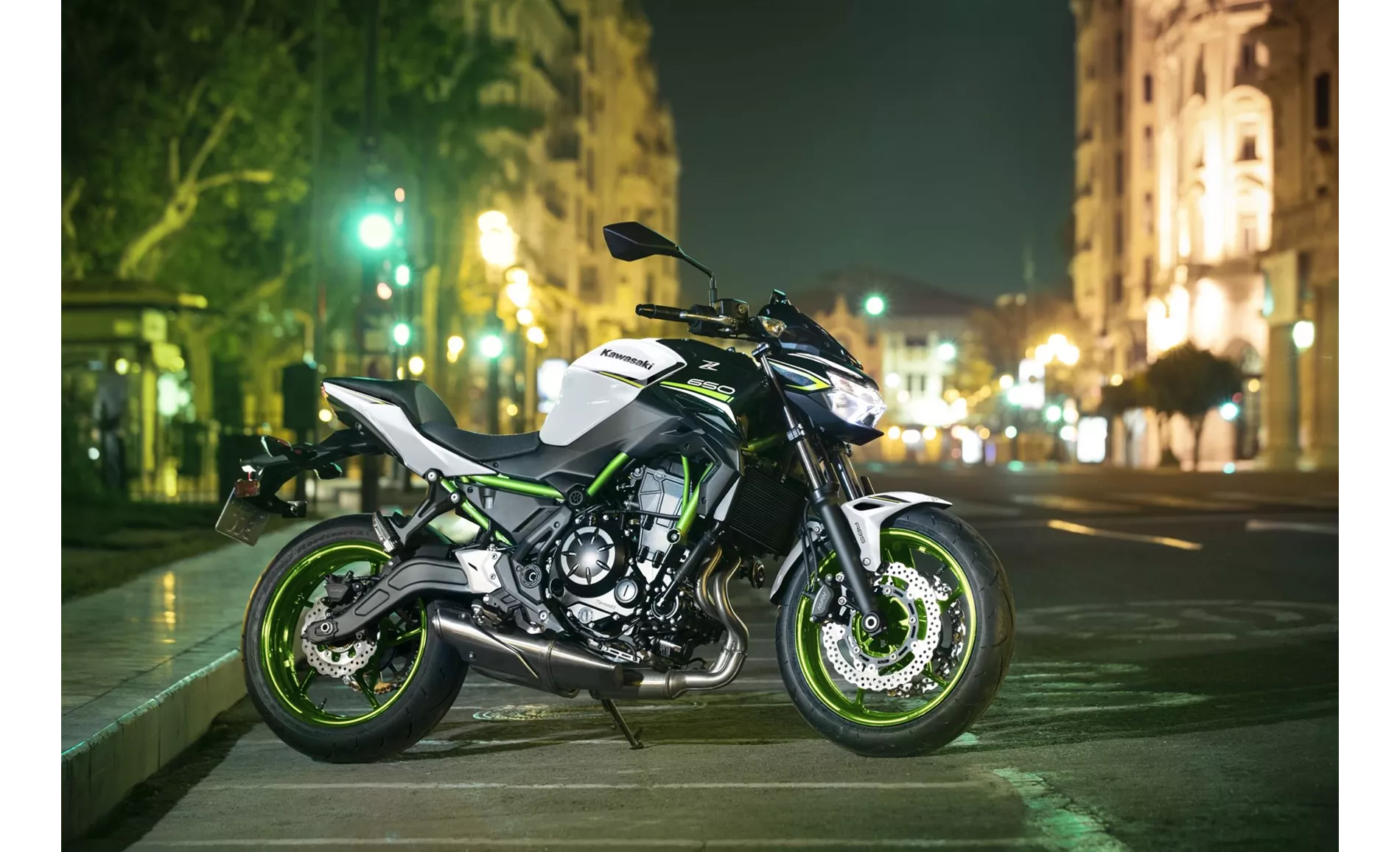
Kawasaki Z650 2021
However, both bikes have their weaknesses. The Kawasaki Ninja 400 2018 has non-adjustable brake and clutch levers and high wind noise with the stock windshield for riders over 180 cm tall. The Kawasaki Z650 2021 may be uncomfortable for taller riders and may not provide the same level of adrenaline as its competition.
In conclusion, the Kawasaki Ninja 400 2018 and the Kawasaki Z650 2021 are both solid choices from Kawasaki, but they cater to different riders. The Ninja 400 is more focused on sporty performance and agility, while the Z650 offers a more accessible and mature riding experience.
Technical Specifications Kawasaki Ninja 400 2018 compared to Kawasaki Z650 2021
Pros and Cons in comparison
Pros and Cons in comparison
Kawasaki Ninja 400 2018

Em resumo, a Ninja 400 pode ser descrita como a entrada perfeita no mundo das superdesportivas. Não é possível obter mais potência com a A2, o aspeto sugere muito mais potência, o veículo é divertido de conduzir, é indulgente em todos os aspectos e ainda permite um estilo de condução verdadeiramente desportivo. Aqueles que tinham preocupações legítimas sobre a falta de potência nas várias máquinas de 250 cúbicos agora não têm mais desculpas. Ninja 400, é bom ter-te connosco!
Kawasaki Z650 2021
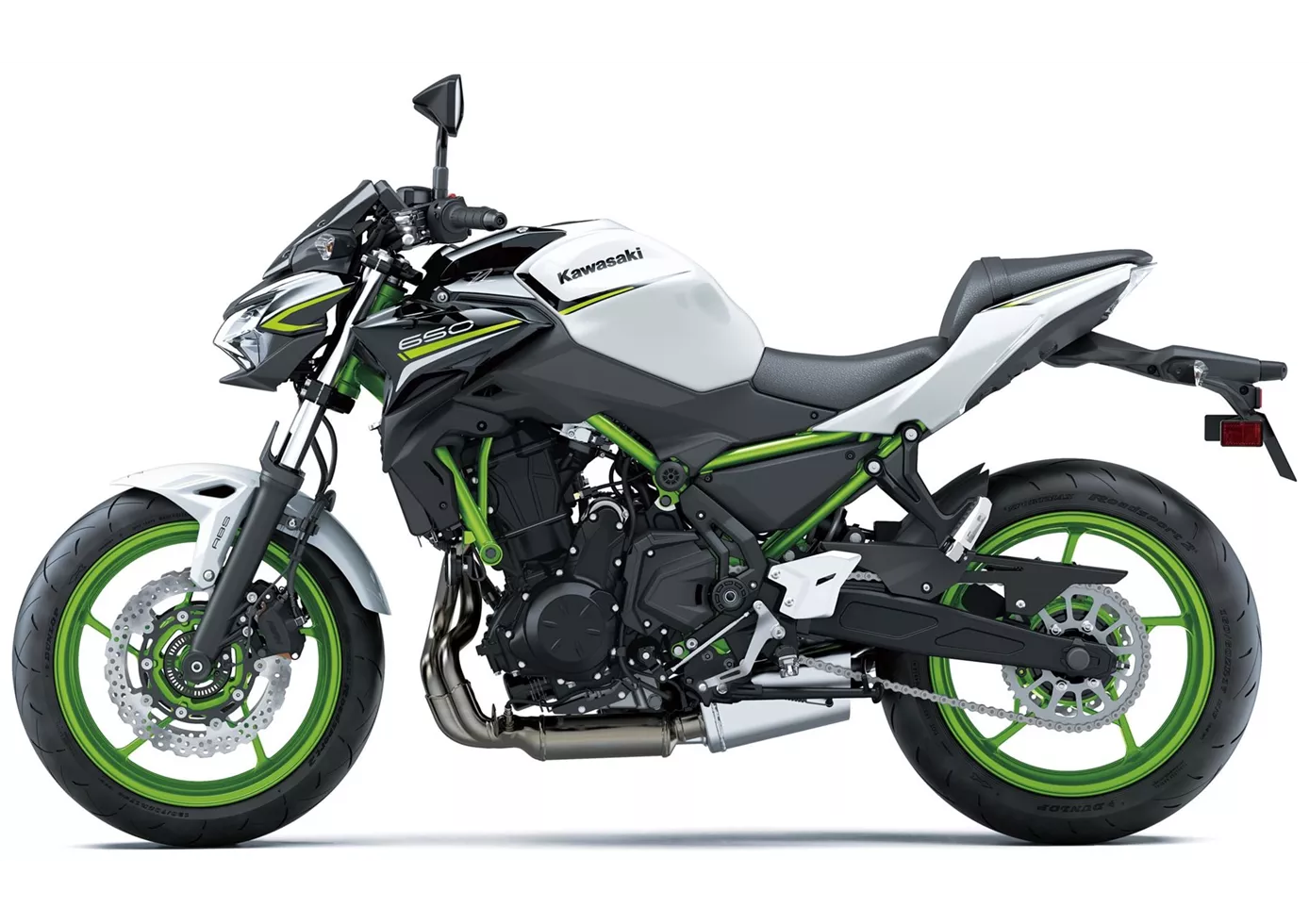
Mesmo em 2021, a Kawasaki Z 650 é sinónimo de uma condução fácil, com excelente aspeto e bom equipamento. Tanto a altura do assento como o motor são muito acessíveis e darão muito prazer tanto aos condutores experientes como aos recém-chegados. Se procura uma naked bike honesta e sem grandes surpresas, esta é a moto ideal para si. No entanto, devido às suas dimensões compactas, deve experimentá-la antes de a comprar e talvez optar pelo assento elevado.
Price Comparison Avarage Market Price Kawasaki Ninja 400 vs Kawasaki Z650
There are a few key differences between a Kawasaki Ninja 400 2018 and a Kawasaki Z650 2021. In terms of price, the actual average price of a Kawasaki Z650 2021 is about 14% higher. Compared to Kawasaki Z650 2021 there are less Kawasaki Ninja 400 2018 bikes available on the 1000PS.de Marketplace, specifically 10 compared to 25. It takes less time to sell a Kawasaki Ninja 400 with 105 days compared to 106 days for a Kawasaki Z650. Since model year 2018 1000PS.de editors have written 9 reviews for the Kawasaki Ninja 400 and 31 reviews for the Kawasaki Z650 since model year 2017. The first review for the Kawasaki Ninja 400 was published on 22/11/2017 and now has more than 44 300 views. This compares to more than 25 000 views for the first review on Kawasaki Z650 published on 08/11/2016.

